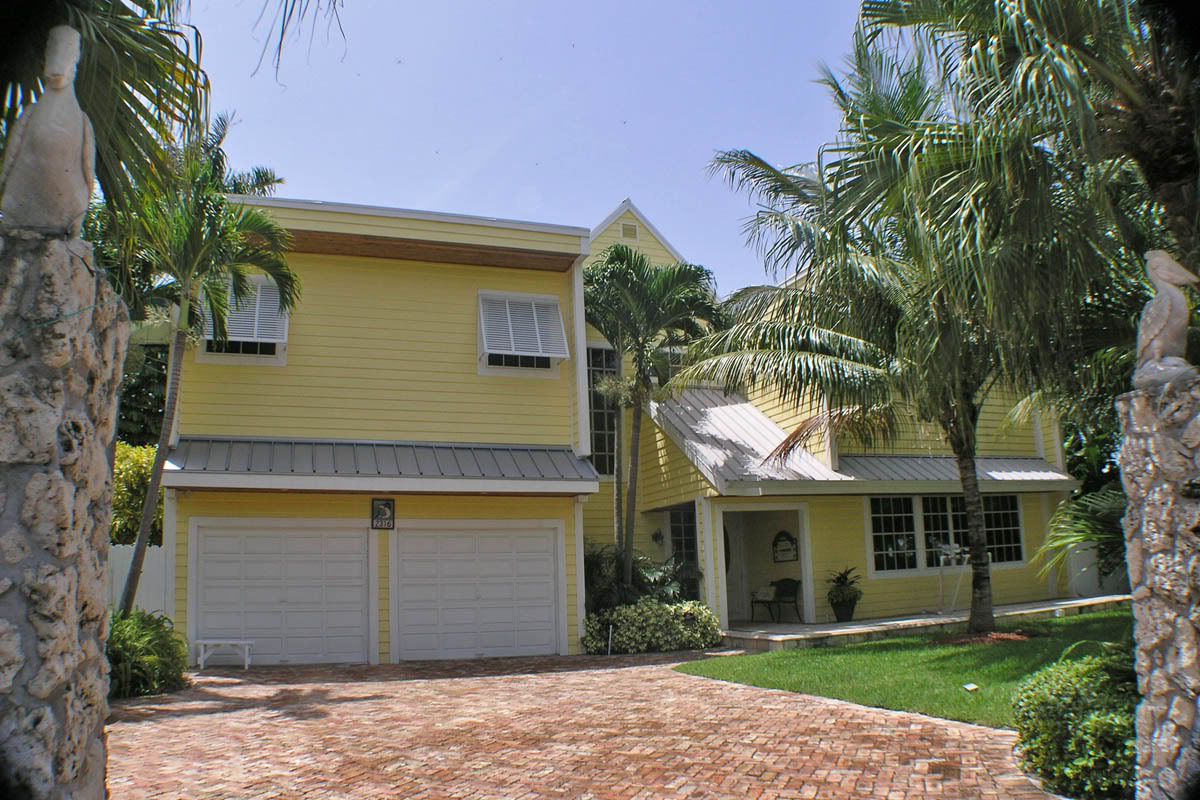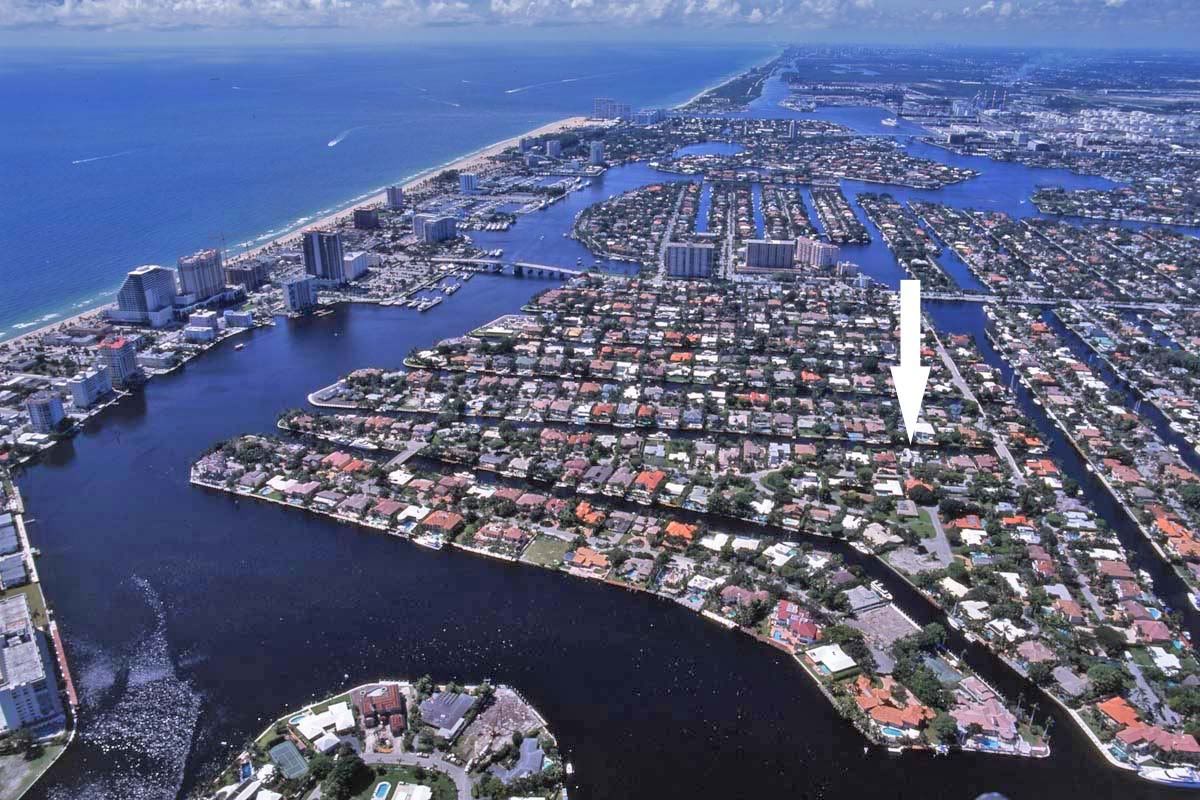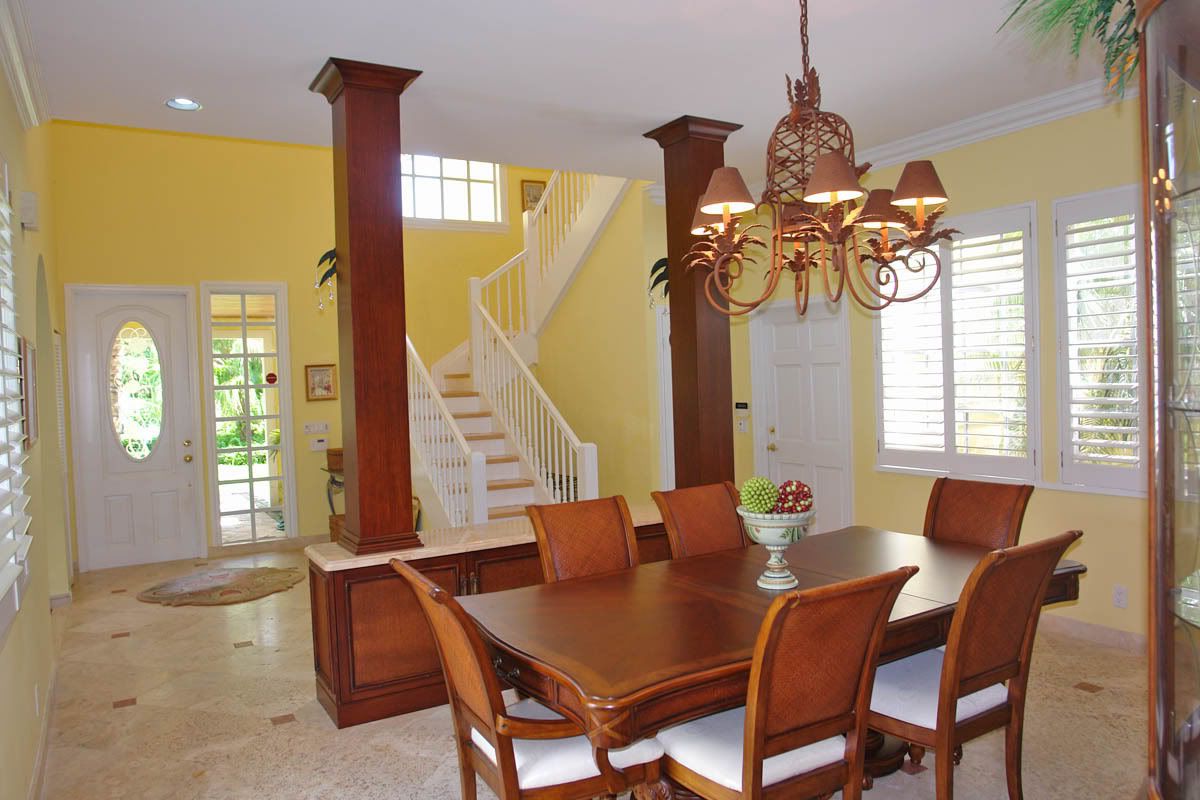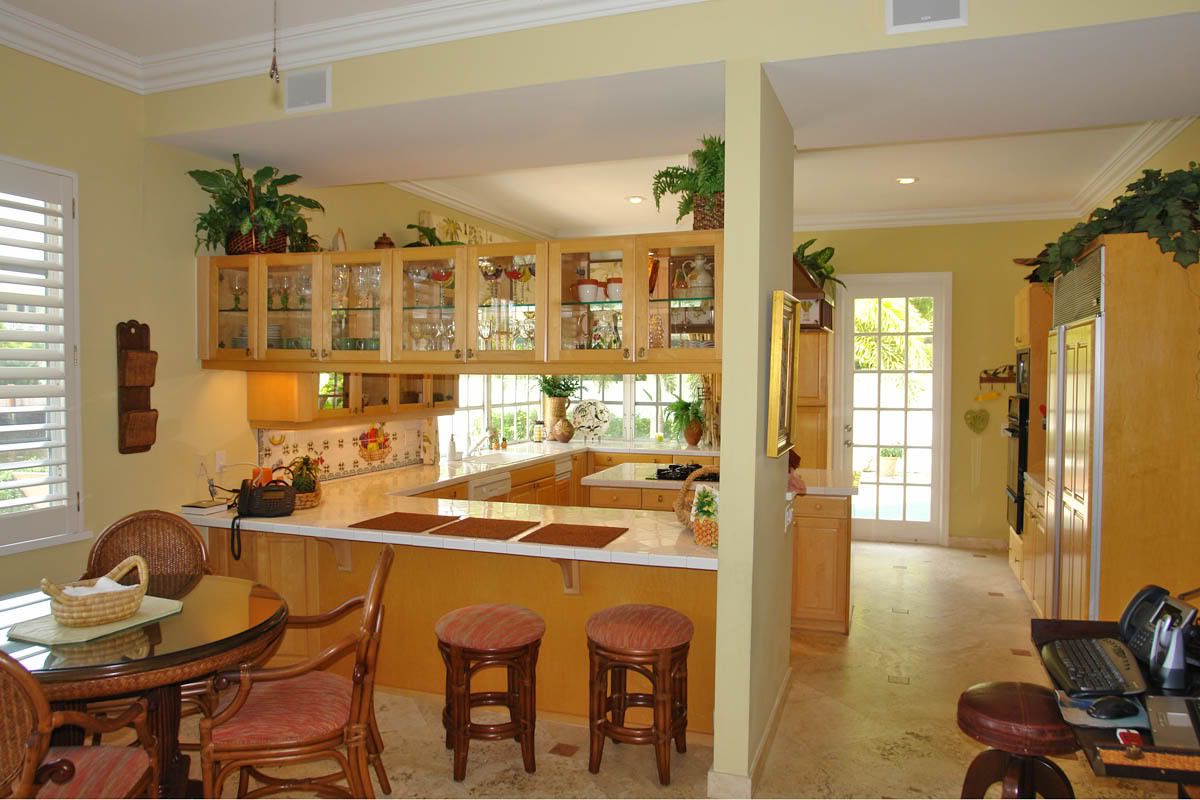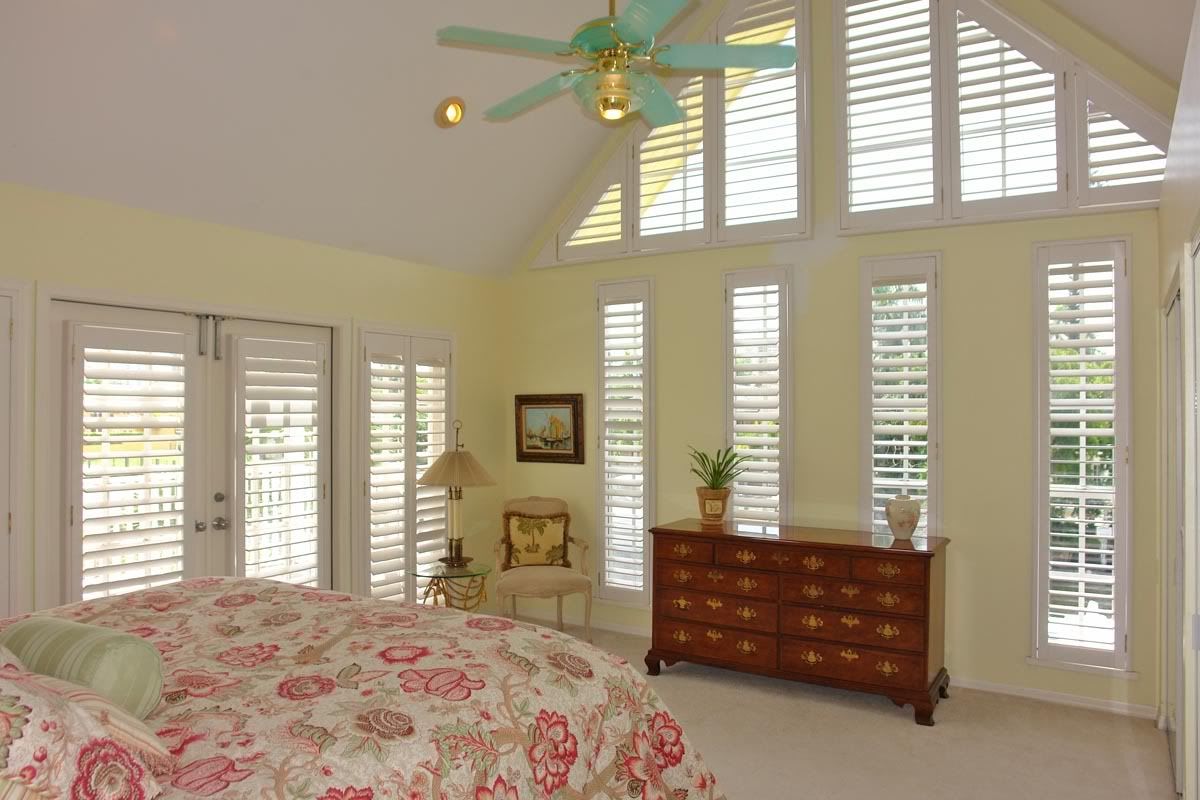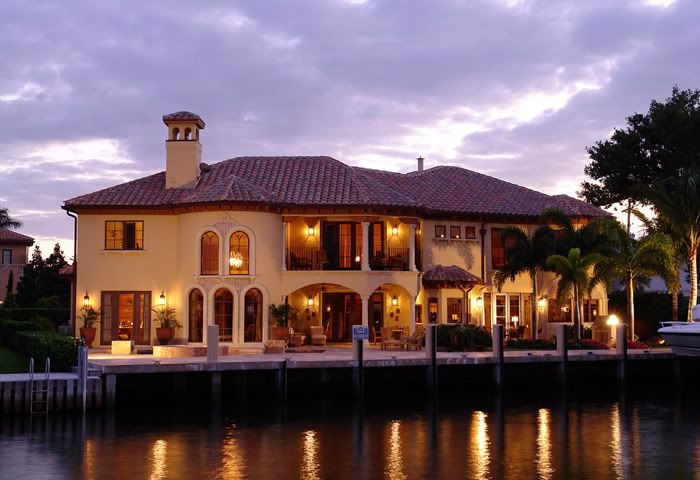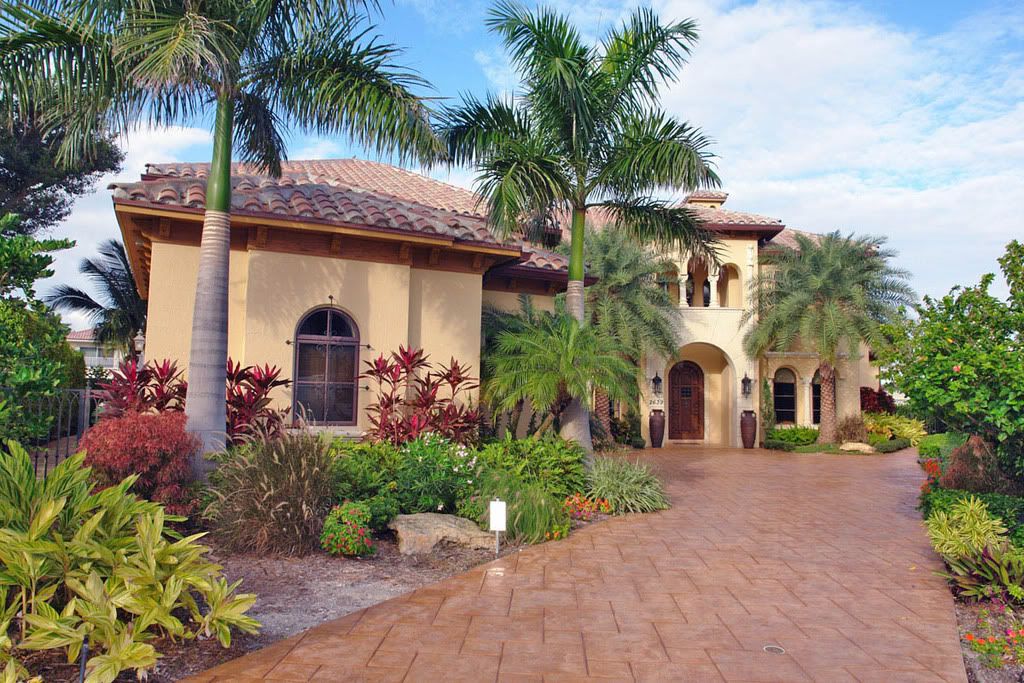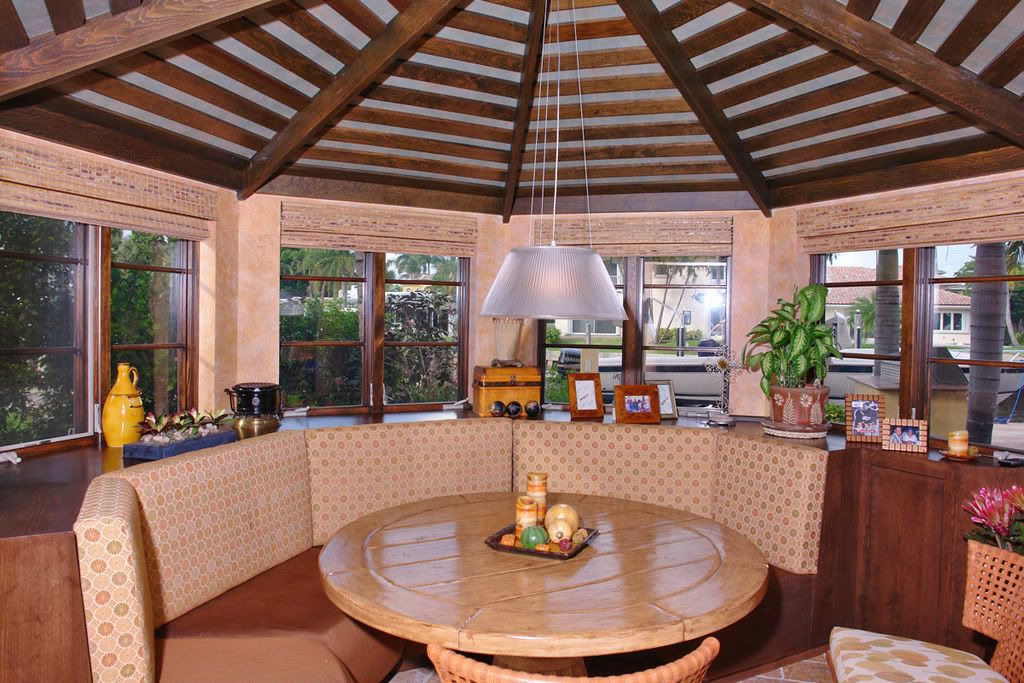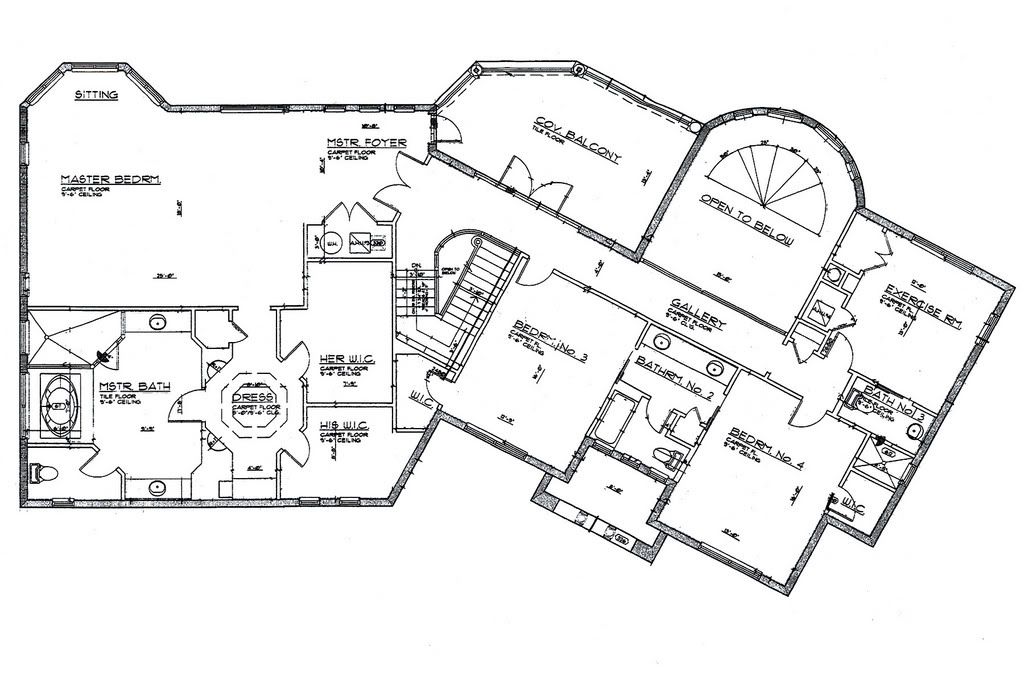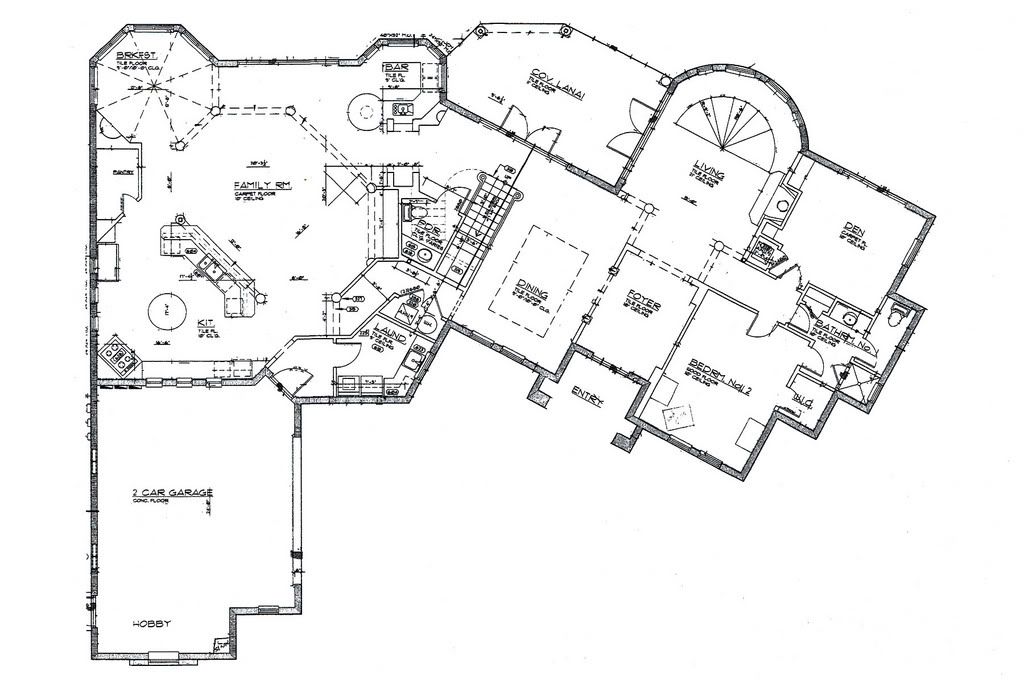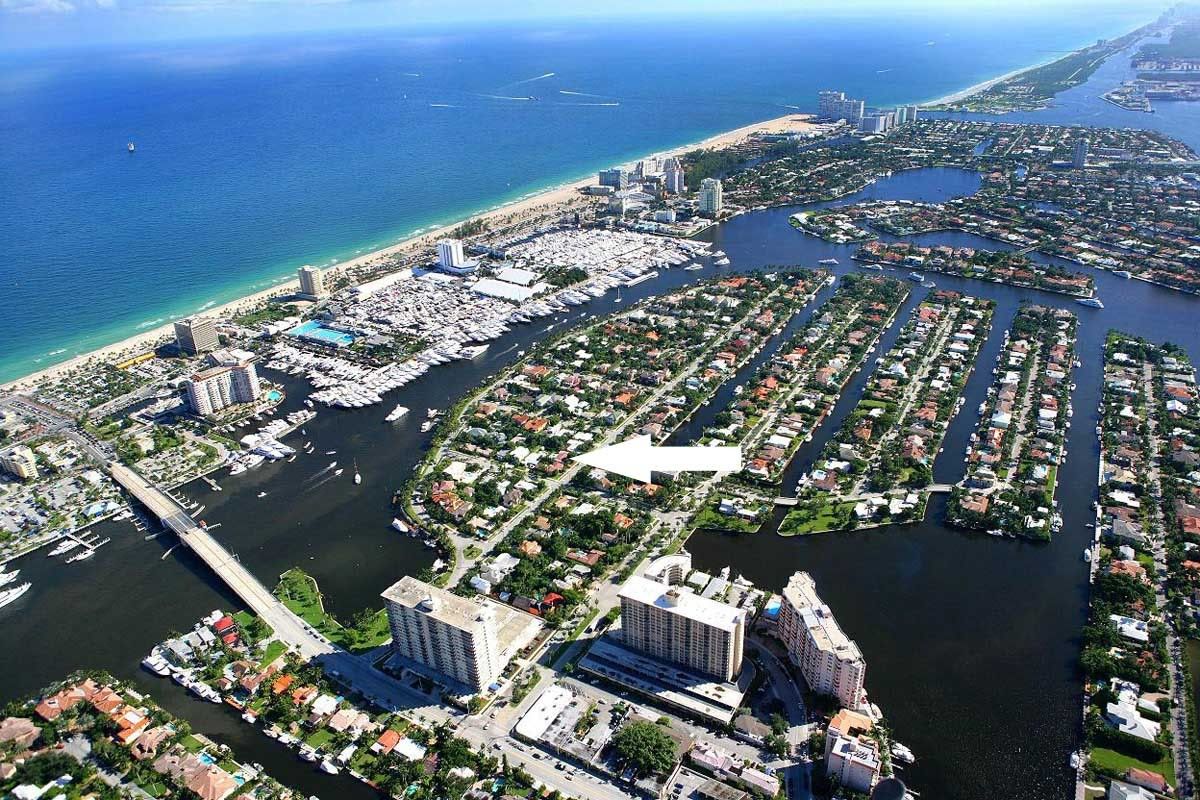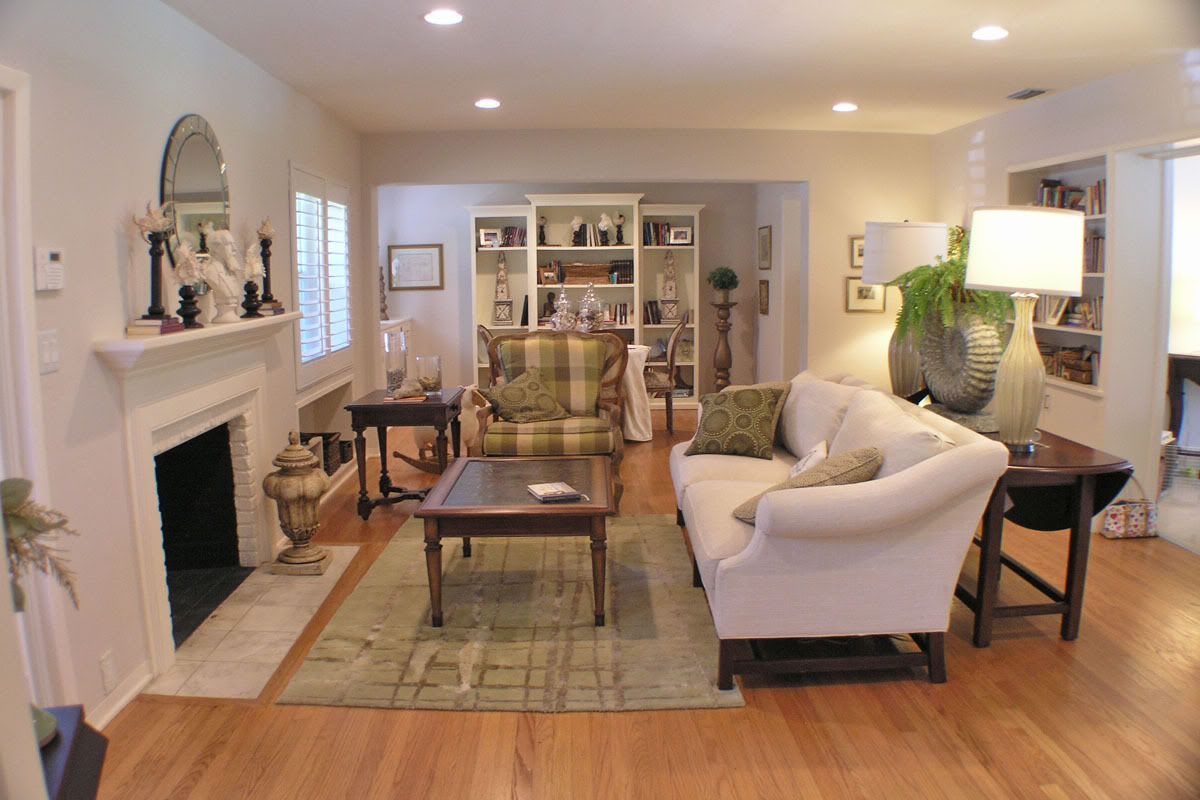J.P. Morgan Chase & Co. launched an ambitious plan Friday to modify the terms of $70 billion in mortgages for borrowers who are behind on their payments or soon could be.
The move by the New York bank will cover as many as 400,000 borrowers. They'll be moved into loans carrying lower interest rates, smaller principal amounts or other more-affordable terms.
The changes will particularly focus on a type of loan structured in such a way that the borrower's outstanding balance sometimes grows month after month. J.P. Morgan inherited $54 billion of such loans with its takeover of the beleaguered thrift Washington Mutual Inc. in September.
The plan comes amid intense national focus on a root cause of global financial turmoil: rising home foreclosures, and what the role of banks and government should be in helping struggling homeowners. The banking industry is under much political pressure address the foreclosure problem.
Rival Bank of America Corp. has two loan-modification pools in place, one hashed out with state attorneys general. At the government level, after other programs failed to halt the rise in foreclosures, the Federal Deposit Insurance Corp. recently floated a plan that could help three million troubled borrowers; it is being considered by the White House. The FDIC also is assisting strapped borrowers who had mortgages with IndyMac Bancorp, which the FDIC seized this summer. (Please see related article.)
Such moves would tackle one of the last elements of the global financial upheaval as yet untouched by a major federal program. The mortgage crunch that began in the middle of last year spawned the financial crisis. Big financial players had invested trillions of dollars in securities backed by risky mortgages, which starting in mid-2007 became difficult to value. Banks hobbled by these bad investments reined in lending, spawning the wider credit crunch as a result.
The U.S. government has tackled problems in the banking system and credit markets, but thus far hasn't succeeding in stanching the bleeding of failing homeowners. Economists and government officials agree that the economy and financial markets can't fully revive until there's a halt to the decline in housing prices, a phenomenon that is worsened by foreclosures.
"It doesn't make sense for us to wait" to tackle the problem, said a J.P. Morgan executive, Charles Scharf. "We've heard loud and clear and are listening to what some of the thought leaders around the country are saying." Mr. Scharf runs the retail division, which includes mortgages and branch banking, at J.P. Morgan, the largest U.S. bank in stock-market value.
The move also suggests that banks are realizing they can improve the value of their loan portfolios through mass modifications rather than foreclosures, which tend to produce larger losses. Until now, mortgage holders have been reluctant to renegotiate loans or have been doing so one-by-one, a time-consuming process. The bundling of loans into securities that are then sold to investors further complicates matters.
The announcement by J.P. Morgan steps up pressure on other mortgage companies to respond with relief programs for stressed borrowers, said Stuart Feldstein, president and co-founder of SMR Research Corp., a Hackettstown N.J., firm that specializes in consumer lending. "The precedent has clearly been set and we can expect to see more of these," he said.
Nationwide, 7.3 million American homeowners are expected to default on their mortgages between 2008 and 2010, about triple the usual rate, according to Moody's Economy.com, a research firm. Some 4.3 million of those are expected to lose their homes.
J.P. Morgan's exposure to the problems increased sharply when it acquired the assets of the Seattle-based Washington Mutual. WaMu, which was seized by regulators, had a large exposure to the difficult housing market of California. In taking it over, J.P. Morgan acquired $16 billion of subprime mortgages.
The mortgages affected by J.P. Morgan's program represent 4.7% of the home loans it owns or that are serviced by one of the bank's units, EMC Mortgage Corp. While the program to give these mortgages easier terms is likely to cost J.P. Morgan billions of dollars in interest payments and loan fees, it is also likely to save the bank from the costly and lengthy process of foreclosing homes and selling them. The plan expands upon programs already in place at the bank to help strapped homeowners.
The bank's Mr. Scharf declined to estimate the plan's financial impact on the bank. "Our goal in doing this was to come up with something that we think will lead the industry in helping as much as possible on this issue," he said.
J.P. Morgan's push is especially aimed at so-called option adjustable-rate mortgages, or options ARMs. These allow borrowers to make a minimum payment that may not even cover the interest due -- resulting in a higher loan balance.
Under the plan, option ARMs that are accumulating interest will be replaced with fixed-rate loans that are more stable for borrowers and seen as far less likely to default. J.P. Morgan said it wouldn't begin the foreclosure process on borrowers during the next 90 days, as it opens loan-counseling centers and takes other steps to launch the program.
J.P. Morgan unveiled the plan days after receiving $25 billion in federal capital from the Treasury's program to shore up financial institutions and get credit flowing. Mr. Scharf declined to comment on whether the bank would use any of those funds for the mortgage overhaul. "The stronger you are, the more willing you are to spend money and do a whole series of things," he said, noting that the government cash "certainly makes decisions easier."
Of the two loan-modification pools at rival Bank of America, one targets 265,000 borrowers with all types of mortgages. The other was hashed out with 14 state attorneys generals and involves 400,000 subprime and option-ARM customers serviced by the big lender Countrywide Financial Corp., which Bank of America purchased July 1.
Another big rival bank, Wachovia Corp., acquired roughly $120 billion of option ARMs as part of its 2006 purchase of Golden West Financial Corp. Wachovia initiated a loan-refinancing program before agreeing to its pending takeover by Wells Fargo & Co. That effort targets the option-ARM portfolio.
J.P. Morgan's plan drew cautious optimism from Iowa Attorney General Thomas Miller, who recently called on mortgage lenders to launch broad loan-modification programs.
John Taylor, chief executive of the National Community Reinvestment Coalition, called it "a gutsy move on their part," adding : "They are bending over backward to try to reach out to these people." The coalition represents 600 community groups and has urged the government and industry to help homeowners.
Republican presidential candidate John McCain has gone further than any program in place, proposing a to have the government buy $300 billion in troubled mortgages outright.
[JP Morgan announces loan modification]
—Damian Paletta and Dan Fitzpatrick contributed to this article.



Write to Robin Sidel at robin.sidel@wsj.com
source: wall street journal









